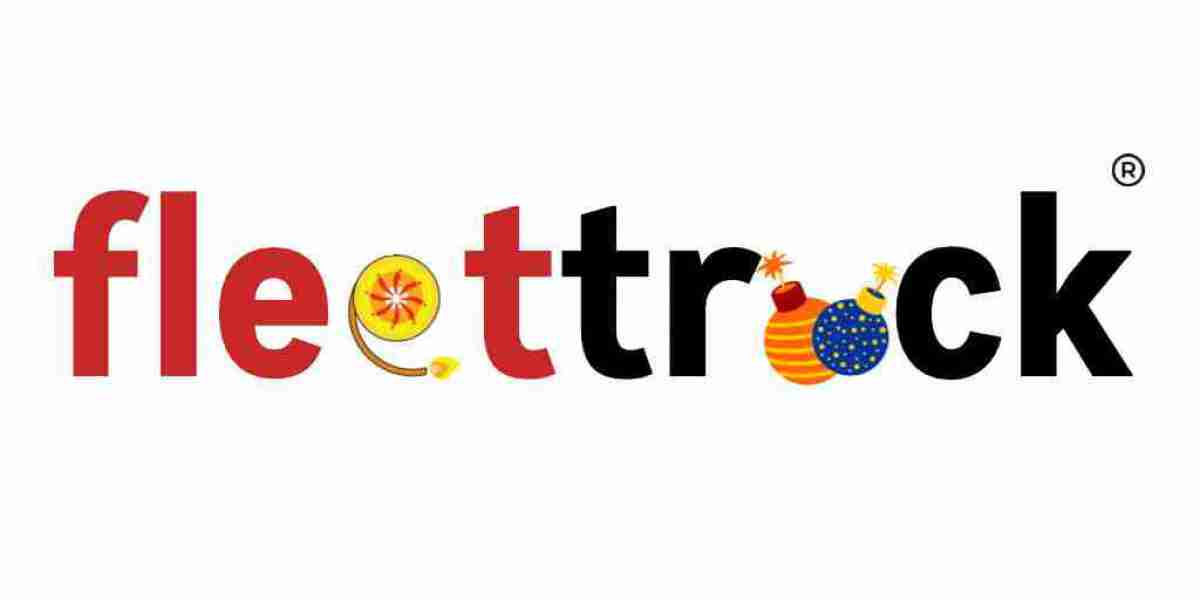According to a new report published by UnivDatos, The Bio-LPG Market was valued at USD 668.2 million in 2022 & is expected to grow at a CAGR of 27.9% from 2023-2030. The analysis has been segmented into Feedstock (Residual/Waste, Oil, and Others); End-User (Residential, and Commercial); Region/Country.
Access sample report (including graphs, charts, and figures):
https://univdatos.com/reports/bio-lpg-market?popup=report-enquiry
The Bio-LPG market report has been aggregated by collecting informative data on various dynamics such as market drivers, restraints, and opportunities. This innovative report makes use of several analyses to get a closer outlook on the Bio-LPG market. The Bio-LPG market report offers a detailed analysis of the latest industry developments and trending factors in the market that are influencing the market growth. Furthermore, this statistical market research repository examines and estimates the Bio-LPG market at the global and regional levels.
Key Market Dynamics
Bio-LPG as an alternative biofuel is currently considered a promising area for decarbonization of the transport, housing, industry and petrochemical sectors. By producing propane and butane from organic residues and waste materials, it is possible to reduce CO2 emissions by up to 90%. Biofuels are alternatives to conventional fuels and are still in the early stages of development. However, by 2030, the global LPG market (potential Bio-LPG market) is expected to grow to a maximum of 350 million tons, and the Bio-LPG market size is expected to reach 1.4 million tons per year.
One of the biggest markets is Europe and most of the volumes of Bio-LPG products are mainly consumed in the European market, a result of the intensification of refinery modernization processes and the launch of new projects for biofuel production. The largest of these is the Neste plant in Rotterdam, the Netherlands, which can produce up to 40,000 tonnes of bio-LPG per year. The European market is also supplied by a number of other bio-refiners in large quantities, such as the Ecobenz catalytic bioethanol plant in Poland (22.5 kt/year). Outside of Europe, a Bio-LPG production facility in Singapore and a demonstration project in Japan offer the potential to establish supply chains in Asia.
Bio-LPG
The global Bio-LPG market report is studied thoroughly with several aspects that would help stakeholders in making their decisions more curated.
· Based on feedstock, the Bio-LPG market is divided into residual/waste, oil, and other segments. The Residual/Waste segment acquired a majority share in the Bio-LPG market and is expected to showcase a substantial growth rate during the forecast period. The feedstock required for a given production pathway is critical to its business rationale, impacting process viability, operating costs and the breakeven price of the investments. Feedstock availability for each process, Required research and development investment and time to market, and Efficiency of the commercialized technology are the main factors affecting the market for each feedstock.
· Based on End-User, the Bio-LPG market is divided into residential and commercial segments. The commercial segment acquired a majority share in the Bio-LPG market and is expected to showcase a substantial growth rate during the forecast period. Although the residential segment captured a majority share in the LPG market, the Bio-LPG market is in its initial phase and is usually available for commercial use. The major driver for the Bio-LPG market is the promotion of cleaner fuel with government incentives for these commercial enterprises. The low availability of bio-LPG is the major restraint for the residential segment not having a majority share in the Bio-LPG market.
Click here to view the Report Description & TOC https://univdatos.com/reports/bio-lpg-market
Bio-LPG Market Geographical Segmentation Includes:
· North & South America (U.S.A., Canada, and the Rest of North & South America)
· Europe (Germany, Italy, United Kingdom, Netherland, France, Rest of Europe)
· Asia-Pacific (China, Japan, South Korea, and the Rest of Asia-Pacific)
· Rest of the World
Europe acquired the largest share in the Bio-LPG market and is expected to witness an influential CAGR in the forecasted period. It is mainly owing to a large number of Bio-LPG operational projects taking place in Germany, Italy, France, and the UK. Moreover, favorable government policies, regulations, and investments in achieving climate change goals are driving the Bio-LPG Market during the forecast period. The key players in this market are leading energy companies, including the British-Dutch Shell, Italian Eni, French Total Energies, Finnish Neste, Swedish Preem. Majority of these companies have their production facilities located in Europe. The European market also receives significant volumes of product from a number of other bio-refineries, including the Ekobenz catalytic bioethanol plant (22.5 thousand tons/year) in Poland. Incentives for the development of the bioLPG market in Europe are the need to achieve the target share of renewable fuels at 40% in the structure of final consumption in accordance with the requirements of the European Commission’s Fit for 55 programs; the prospect of extending the European ETS to the housing sector by 2025.
Competitive Landscape
The degree of competition among prominent global companies has been elaborated by analyzing several leading key players operating worldwide. The specialist team of research analysts sheds light on various traits such as global market competition, market share, most recent industry advancements, innovative product launches, partnerships, mergers, or acquisitions by leading companies in the Bio-LPG market. The major players have been analyzed by using research methodologies such as Porter’s Five Forces Analysis for getting insight views on global competition.
Recent Developments:
• May 2023: Repsol and Ryanair sign an agreement to promote the use of renewable fuels. Repsol will provide Ryanair with access to a maximum of 155,000 tons of sustainable aviation fuel (SAF) between 2025 and 2030. This is the equivalent of more than 28,000 flights between Dublin and Madrid, and it will allow an approximate reduction of 490,000 tons of CO2 emissions. Ryanair has set itself an ambitious target of using 12.5% SAF by 2030.
Key questions resolved through this analytical market research report include:
• What are the latest trends, new patterns, and technological advancements in the Bio-LPG market?
• Which factors are influencing the Bio-LPG market over the forecast period?
• What are the global challenges, threats, and risks in the Bio-LPG market?
• Which factors are propelling and restraining the Bio-LPG market?
• What are the demanding global regions of the Bio-LPG market?
• What will be the global market size in the upcoming years?
• What are the crucial market acquisition strategies and policies applied by global companies?
• What are the descriptive profiles of key companies along with their SWOT analysis?
We understand the requirements of different businesses, regions, and countries, we offer customized reports as per your requirements of business nature and geography. Please let us know If you have any custom needs.
Related Report :-
Bioethanol Market: Current Analysis and Forecast (2022-2030)
Biogas Market: Current Analysis and Forecast (2021-2027)
Renewable Fuels Market: Current Analysis and Forecast (2021-2027)
Advanced Renewable Fuels Market: Current Analysis and Forecast (2023-2030)
E-Fuel Market: Current Analysis and Forecast (2023-2030)
Contact Us:
UnivDatos
Contact Number - +1 978 733 0253
Email - contact@univdatos.com
Website - www.univdatos.com
Linkedin- https://www.linkedin.com/company/univ-datos-market-insight/mycompany/














